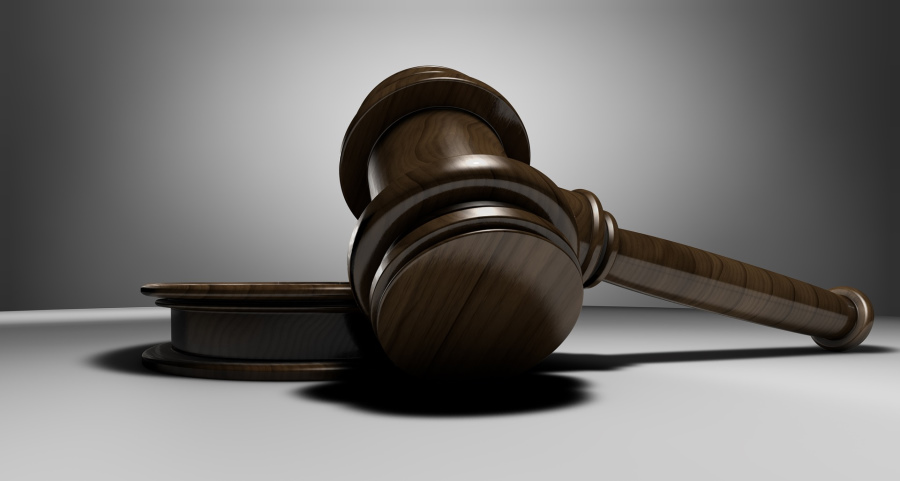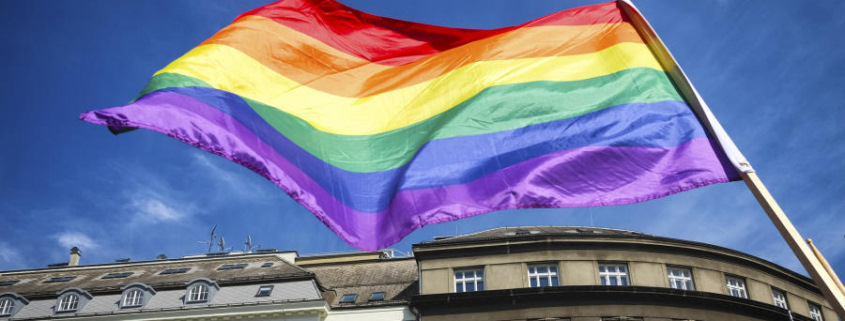Human Rights Summary: Everything You Need to Know About Human Rights Law
Human rights are an important legal issue for all Canadians. The Canadian Human Rights Act (enacted in 1977) and the Canadian Charter of Rights and Freedoms (added to the Constitution of Canada in 1982), along with provincial statutes such as the British Columbia Human Rights Code are the legislative basis for human rights in Canada today. These statutes set out minimum protections for each Canadian. However the rights, contexts, and available remedies can get complicated very quickly.
Experiencing a breach of your human rights can be a personal and overwhelming situation. But the number of different venues, remedies, and rights can make the situation even more of a headache.
What is a Human Rights Claim?

There is no single unifying piece of legislation that addresses all human rights in Canada. As a country, Canada has legal authority divided between the federal government and the ten provinces and three territories. So the source of a person’s human rights depends upon:
1. Where the breach occurred. i.e.: Which province or territory?
2. Whether the breach occurred under federal or provincial/territorial authority. i.e.: Employment discrimination in telecommunications is federally regulated where employment discrimination in insurance is provincially regulated.
3. Who is the offending party? i.e.: the Charter of Rights and Freedoms does not apply to private parties whereas the Canadian Human Rights Act and provincial human rights codes apply to everyone.
Although the Charter receives the most significant analysis and is often the subject of decisions by the Supreme Court of Canada, most human rights claims are adjudicated by provincial and federal tribunals. These tribunals are created by provincial and federal governments to adjudicate claims under the Canadian Human Rights Act and provincial human rights legislation.
Canadian Charter of Rights and Freedoms
Prior to the enactment of the Charter of Rights and Freedoms, most constitutional law focused on whether legislation was within the legal authority of the legislature that was creating the law (i.e.: is the “pith and substance” of the law within the jurisdiction of the legislature?).
The division of power remains an issue in Canadian constitutional law (see i.e.: the issues addressing access to justice, the creation of safe injection sites, greenhouse gas emissions, and tort reform). The enactment of the Charter of Rights and Freedoms gave the courts the authority to strike down government legislation or sanction government conduct that breaches the minimum human rights of all Canadians under sections 24 and 52.

The Charter provides everyone with fundamental freedoms within Canadian society democratic rights, mobility rights, legal rights, and equality rights. Constitutions and constitutional rights such as the Charter are protections against government action (see Canada (Prime Minister) v Khadir, 2010 SCC 3, at paragraph 37). This means that the Charter does not give individuals rights against other people or corporations.
The Charter sets out the fundamental freedoms of each Canadian in section 2 of the Charter. These freedoms are:
(a) the freedom of conscience and religion
(b) the freedom of thought, belief, opinion and expression, including freedom of the press and other media of communication
(c) the freedom of peaceful assembly
(d) the freedom of association
The Charter provides Canadian citizens democratic rights such as the right to vote for their government (section 3) and the right to enter and move around Canada (section 6).
The Charter provides minimum legal rights to everyone, including:
- The right to life, liberty, and security of the person and the right not to be deprived thereof except in accordance with the principles of fundamental justice (section 7)
- The right to be secure against unreasonable search and seizure (section 8)
- The right not to be arbitrarily detained or imprisoned (section 9)
- Rights upon arrest to be informed of the reasons for, the right to counsel, and the right to have the detention determined as lawful (section 10)
- Rights within a criminal proceed including the right to be tried within a reasonable time (section 11)
- Rights against any cruel or unusual treatment or punishment (section 12)
- Rights against self-incrimination (section 13).
The Charter also sets out equality rights under section 15 as follows:
15(1) Every individual is equal before and under the law and has the right to equal protection and equal benefit of the law without discrimination based on race, national or ethnic origin, colour, religion, sex, age or mental or physical disability.
These rights are fundamental and are a method for Canadians to ensure that the government’s laws and conduct align with the basic human rights standards.
Human Rights Legislation
Although fundamental to the relationship between Canadians and their government, Charter litigation represents a small fraction of the overall number of human rights claims made. The larges portion of the claims are between individuals and corporations, governments, and other agencies under human rights legislation.
In British Columbia, there are two pieces of legislation that impact individuals: (1) the Canadian Human Rights Act and (2) the British Columbia Human Rights Code.
Canadian Human Rights Act
This statute is operative in BC, but it only applies to industries of federal authority, such as telecommunications, First Nations, banking, and others. Any area of life under federal authority is subject to this legislation.

The legislation sets out prohibited grounds of discrimination, which are:
- Race
- National or ethnic origin
- Color
- Religion
- Age
- Sex
- Sexual orientation
- Marital status
- Family status
- Disability
- Convictions for which pardons have been granted or records suspended.
These “grounds of discrimination” focus on the treatment of an individual within different contexts (or as the legislation defines, “practices“). This legislation makes it illegal to discriminate against an individual in:
- The denial of a good, service, facility, or accommodation customarily available to the general public (section 5)
- The denial of commercial premises or residential accommodation (section 6)
- Employment, whether in hiring an employee, the course of employment, or the termination of employment (section 7)
- Employment applications and advertisements (section 8)
- Exclusion from employee organizations (section 9)
- Employment policies or practices (section 10)
- Wages (section 11)
- Harassment, including sexual harassment (section 14)
British Columbia Human Rights Code
Although the legislation is drafted differently, there is a lot of similarity between the British Columbia Human Rights Code and the Canadian Human Rights Act (and for that matter human rights legislation across the remaining provinces and territories). As most of a person’s life is under provincial jurisdiction (i.e., civil and property rights), the vast majority of human rights claims in British Columbia fall under the British Columbia Human Rights Code and are brought before the British Columbia Human Rights Tribunal, who has exclusive jurisdiction to adjudicate claims under the Human Rights Code.
The British Columbia Human Rights Code covers a number of different discrimination contexts similar to the federal legislation, which are:
- Discriminatory Publication (section 7)
- Discrimination in Accommodation, Service and Facility (section 8)
- Discrimination of Purchase of Property (section 9)
- Discrimination in Tenancy Premises (section 10)
- Discrimination in Employment Advertisements (section 11)
- Discrimination in Wages (section 12)
- Discrimination in Employment (section 13)
- Discrimination by Unions and Associations (section 14)
Individuals are protected against discrimination in each of these contexts on the basis of the same or similar protected characteristics as set out for the Canadian Human Rights Act. Each individual section sets out the characteristics protected from discrimination.
What is Discrimination?

Throughout all human rights claims, the essential feature of establishing discrimination requires proving that:
(1) a person’s characteristic is protected under the legislation (e.g., race, gender, disability)
(2) that the person suffered an “adverse consequence” in a protected sphere of life (e.g., rental accommodation or employment)
(3) there is a rational connection between the characteristic and the adverse consequence
There is no requirement to prove that the person, government, or corporation intended to discriminate. This legislation does not create criminal charges. Instead, this legislation creates a civil remedy to the person who suffered discrimination payable by those who did discriminate. As most discrimination occurs without proof of intent (or “mens rea”), the onus is put on respondents to show the absence of discriminatory reason (i.e.: justification of conduct). Or, respondents can show that they had a valid excuse (e.g., they reasonably accommodated the individual or there is a bona fide occupational requirement). This reverse onus is a policy choice to move Canada towards a more inclusive society by placing the burden on governments and corporations to ensure that their practices and policies are inclusive.
Contact Us for a Consultation
Suffered a breach of your human rights? We can help you evaluate the best course of action to defend your rights. Contact us to schedule a free consultation.


